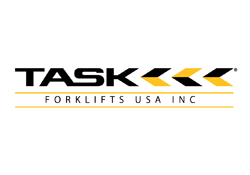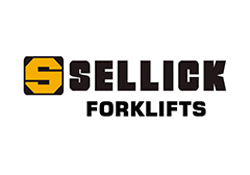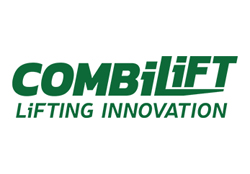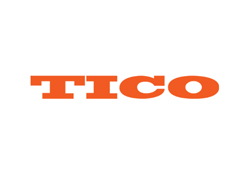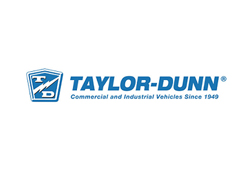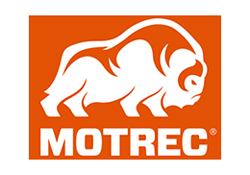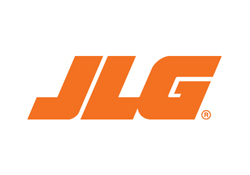Embracing Innovation in 2025 How to Choose the Best Pallet Lifter for Your Supply Chain
In the rapidly evolving landscape of supply chain management, businesses must continuously adapt to emerging technologies and innovative practices to stay competitive. As we look toward 2025, one crucial piece of equipment that stands out in enhancing operational efficiency is the pallet lifter. By simplifying the lifting and transportation of heavy loads, pallet lifters play a vital role in optimizing warehouse workflows and reducing manual handling risks. Choosing the right pallet lifter is not merely a matter of preference but a strategic decision that can significantly impact the productivity and agility of your supply chain.
Navigating the myriad options available in the market can be daunting, especially as advancements in design and functionality continue to reshape what pallet lifters can do. Factors such as load capacity, maneuverability, and ergonomic design must be carefully considered to ensure that your chosen equipment aligns perfectly with your business needs and operational goals. This blog will guide you through the process of selecting the best pallet lifter for your supply chain, allowing you to embrace innovation in 2025 and elevate your logistics strategy to new heights.
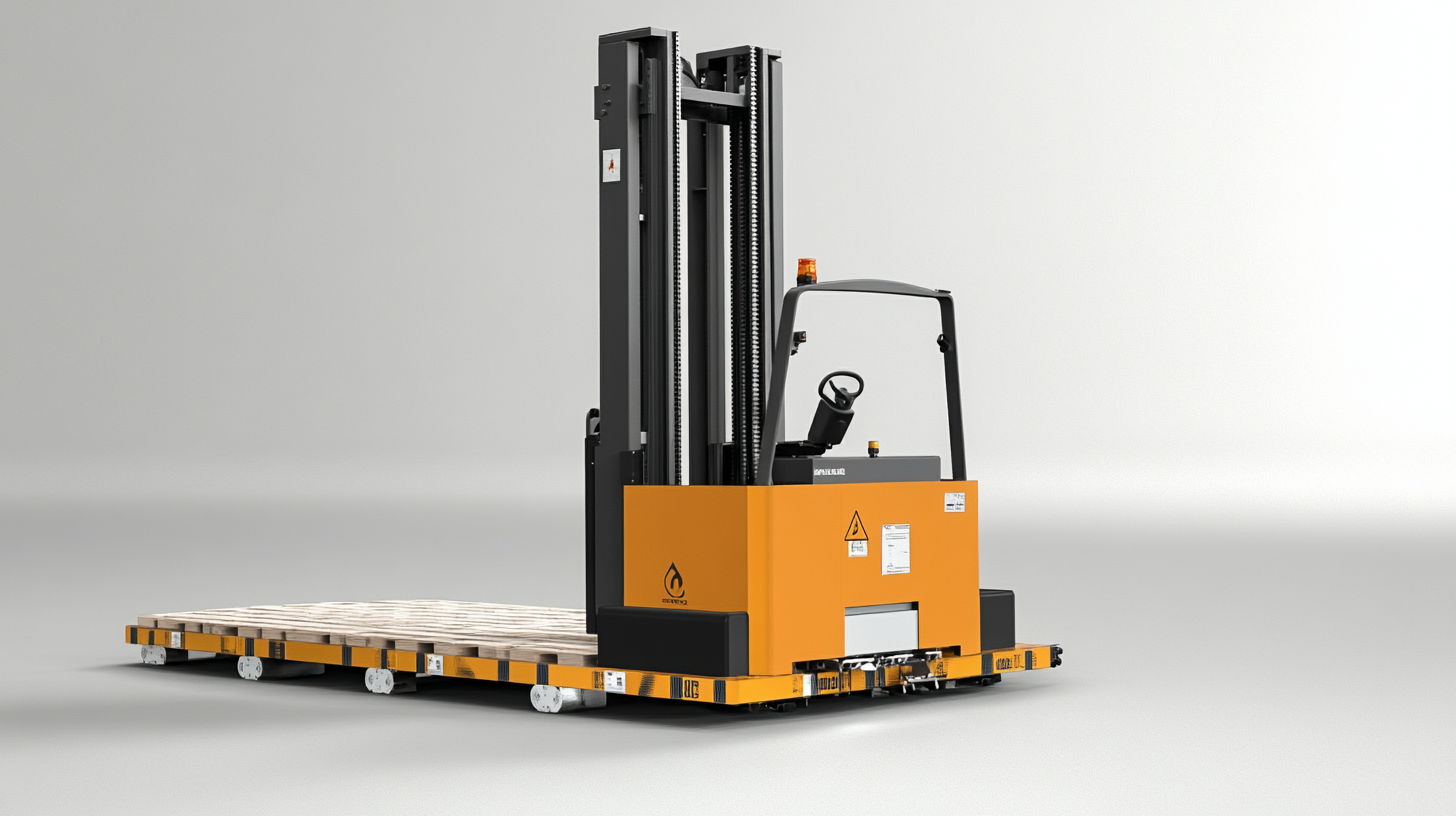
Understanding the Role of Pallet Lifters in Modern Supply Chains
In today's rapidly evolving supply chain landscape, pallet lifters play a critical role in enhancing operational efficiency and productivity. According to a 2022 report by the Material Handling Industry of America (MHIA), the use of advanced material handling equipment, such as pallet lifters, can boost warehouse efficiency by up to 30%. This staggering improvement emphasizes the need for businesses to adopt innovative solutions that streamline logistic processes, particularly in environments where speed and accuracy are paramount. Pallet lifters contribute significantly to reducing labor costs and minimizing downtime. The 2023 Logistics Management survey revealed that companies utilizing automated pallet lifters experienced a 25% reduction in manual handling time. This not only accelerates the loading and unloading process but also enhances workplace safety by decreasing the risk of injuries associated with manual lifting. As more organizations lean towards automation in their supply chains, selecting the right pallet lifter becomes increasingly essential for maximizing productivity and ensuring worker safety. Moreover, the versatility of pallet lifters allows them to be integrated into various supply chain applications, from warehouses to retail environments. With the global pallet truck market projected to reach $3.6 billion by 2026, businesses must prioritize the selection of equipment that aligns with their specific operational needs and growth strategies. By embracing innovative pallet lifters equipped with advanced technology, supply chain managers can maintain competitiveness in a demanding market while effectively managing inventory and reducing operational costs.
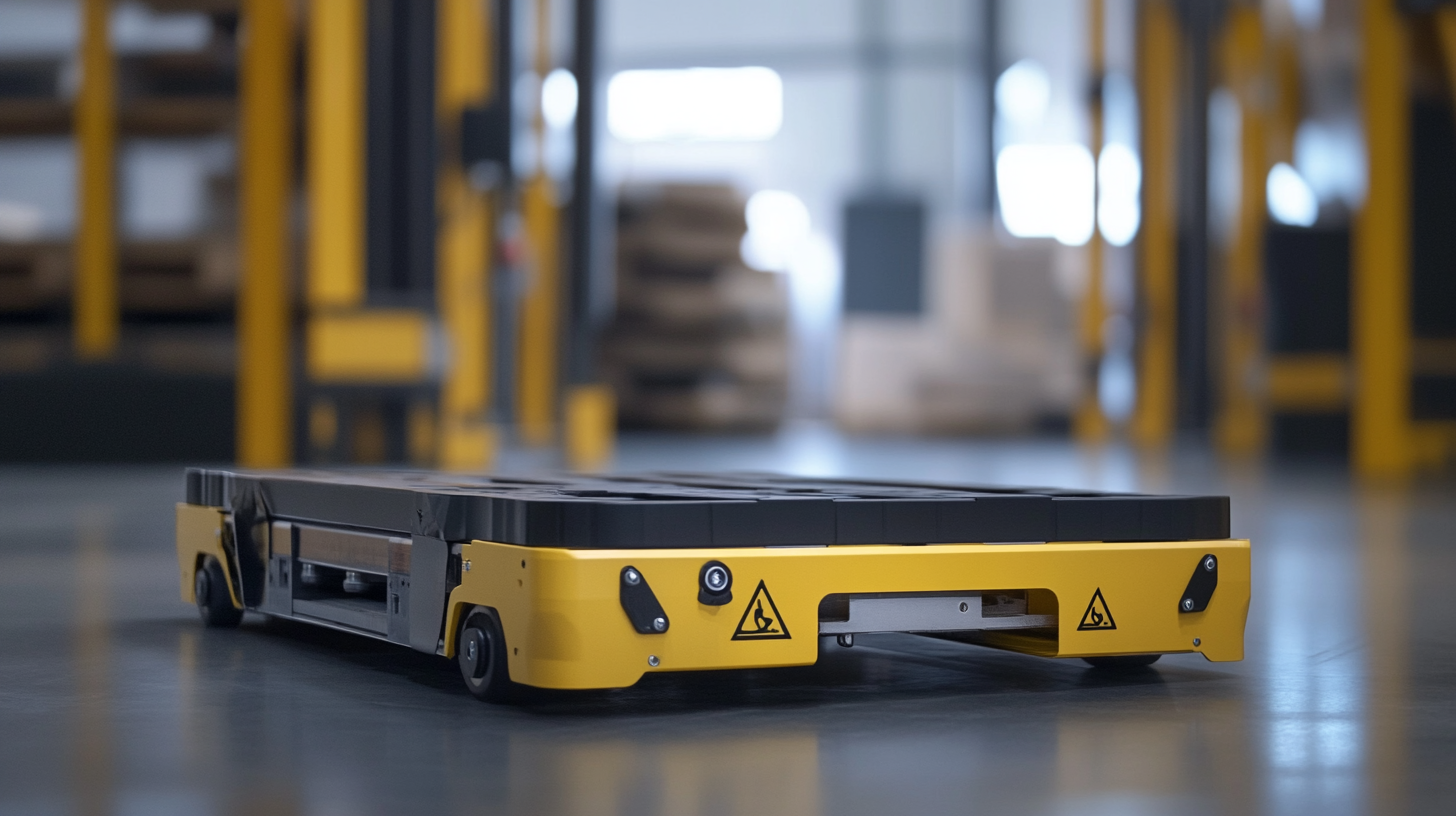
Key Features to Consider When Selecting a Pallet Lifter in 2025
In 2025, selecting the right pallet lifter for your supply chain is more crucial than ever, as businesses strive to enhance efficiency and adapt to changing operational landscapes. When considering a pallet lifter, several key features should guide your decision-making process. First and foremost, capacity and lift height are paramount. Assessing the types of loads you handle and their respective weights will help you choose a lifter that meets your daily operational demands, ensuring it can handle the required load without compromise.
Additionally, maneuverability and ease of use are vital in bustling warehouse environments. A pallet lifter equipped with ergonomic handles and intuitive controls will reduce worker fatigue and increase productivity. Consider models that offer features like electric lifts or compact designs, which can navigate tight spaces while providing the power needed for lifting heavy loads. Furthermore, durability and maintenance are essential; opting for machines built with robust materials will minimize downtime and repair costs, making them a better long-term investment.
Lastly, technology integration should not be overlooked. In 2025, many pallet lifters are equipped with smart features such as load monitoring and GPS tracking, which not only streamline operations but also enhance inventory accuracy. The right choice will ultimately pay dividends by optimizing your supply chain's operational efficiency and responsiveness to market changes.
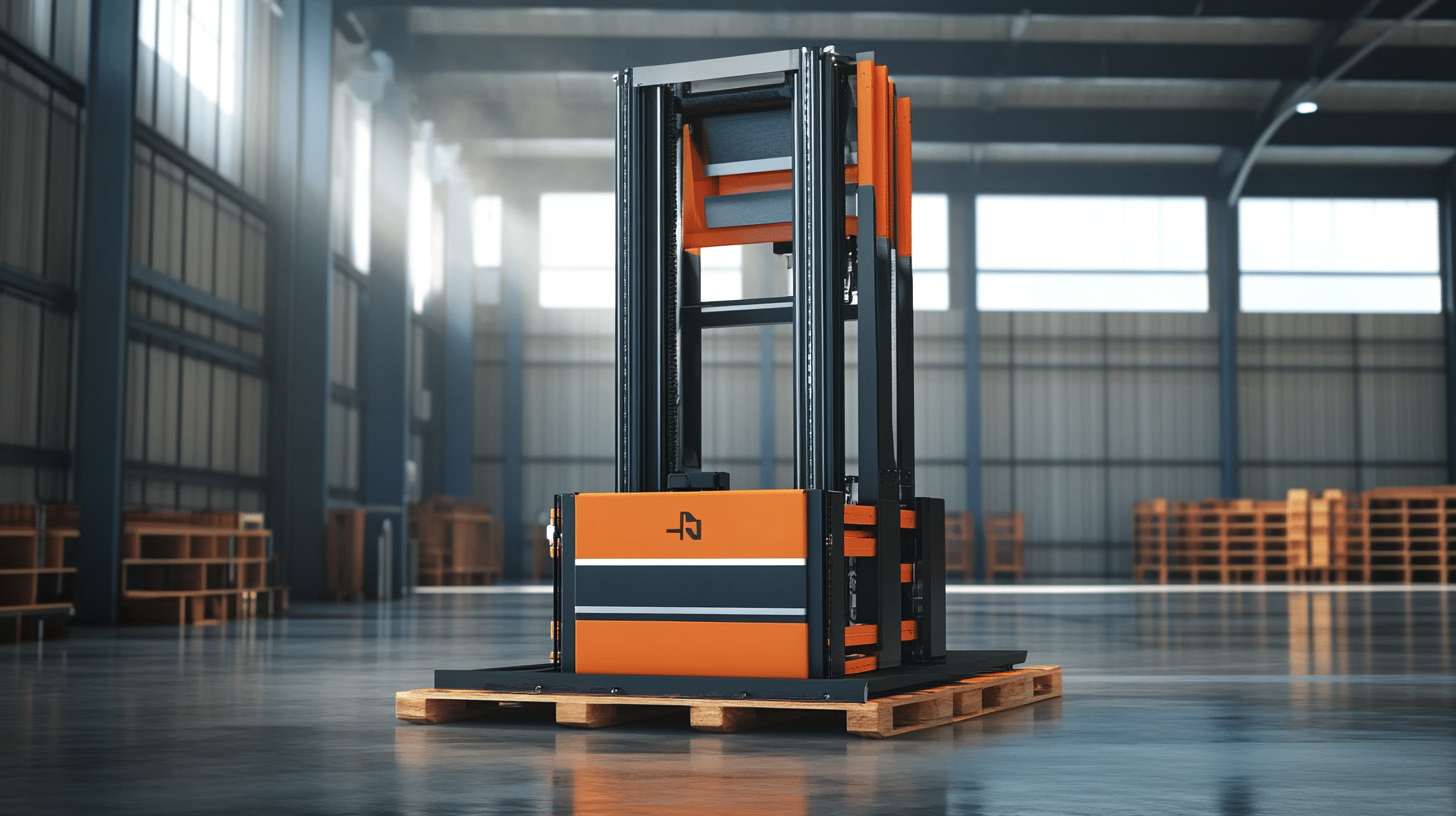
Evaluating the Impact of Technology on Pallet Lifter Efficiency
As we navigate the ever-evolving landscape of supply chain management, the role of technology in enhancing pallet lifter efficiency cannot be overstated. In 2025, businesses are increasingly reliant on innovative solutions to optimize their operations. Advanced pallet lifters equipped with smart features, such as automated load sensing and real-time data tracking, significantly reduce manual labor and minimize the risk of injury. These enhancements contribute not only to improved safety but also to increased throughput, enabling warehouses to meet the demands of a fast-paced market.
Moreover, the integration of Internet of Things (IoT) technology into pallet lifters provides valuable insights into performance metrics and maintenance needs. By collecting and analyzing data, businesses can predict when equipment may require servicing, thus avoiding potential downtime. This proactive approach not only streamlines operations but also extends the lifecycle of the equipment. Consequently, companies that embrace such technological innovations are better positioned to enhance their supply chain efficiency and responsiveness.
In conclusion, the impact of technology on pallet lifter efficiency is undeniable. By adopting the latest advancements, such as automated systems and IoT capabilities, companies can optimize their logistics processes, ensuring that they remain competitive in an increasingly demanding environment. As we look to the future, it is clear that innovation will continue to drive improvements within the supply chain, making it essential for businesses to choose the right pallet lifter that leverages these cutting-edge solutions.
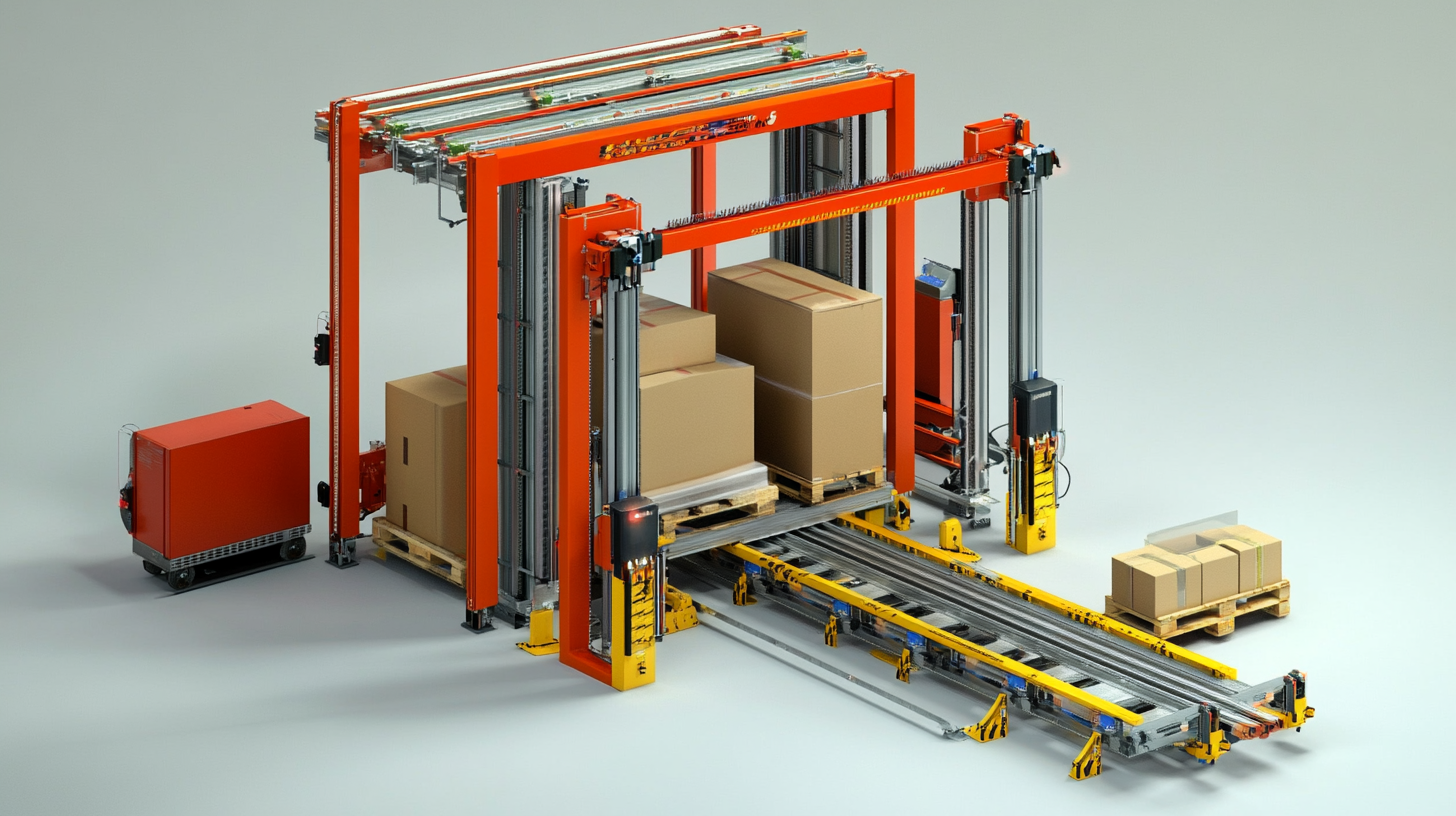
Analyzing Industry Trends: Data-Driven Insights on Pallet Lifter Usage
In 2025, the landscape of supply chain management is evolving towards a data-driven model, especially in the realm of pallet lifters. As organizations look to optimize their operations, understanding the trends influencing pallet lifter usage is paramount. According to recent reports, the market for pallet lifters is expected to see significant growth, reflecting a broader trend in the logistics sector towards automation and efficiency. A data-driven approach allows companies to analyze operational metrics and improve decision-making processes surrounding equipment investment.
The International Data Corporation (IDC) emphasizes the importance of leveraging data in logistics, underscoring the shift towards Insights-Driven Organizations (IDOs). As outlined in the latest IDC report, businesses investing in advanced data management platforms can enhance their supply chain strategies by gaining actionable insights into pallet lifter utilization. This is crucial in determining when and where to deploy these lifters to maximize productivity and minimize costs.
Furthermore, as businesses embrace this shift, the need for robust advertising platforms to communicate these efficiencies to potential customers becomes essential. By focusing on data as an asset, companies can unlock new revenue streams, streamline their operations, and ultimately create a more agile supply chain capable of responding to market demands more effectively. As we move forward, the ability to adapt and make informed decisions based on solid data analysis will dictate success in the competitive landscape of logistics and supply chain management.
Budgeting for Innovation: Cost-Benefit Analysis of Advanced Pallet Lifters
In 2025, the logistics landscape is evolving rapidly, pushing businesses to embrace innovation through advanced technologies like AI. One significant area of innovation is the enhancement of pallet lifters, which can streamline operations and boost supply chain efficiency. However, as companies consider integrating these advanced pallet lifters, it's imperative to conduct a thorough cost-benefit analysis. This analysis helps businesses understand the return on investment (ROI) associated with the higher upfront costs of advanced technology versus the long-term savings and efficiency gains.
Budgeting for innovation isn't just about initial investment; it's about understanding the total cost of ownership. Advanced pallet lifters may incorporate AI and other smart technologies that optimize lifting operations in real-time, adapting to varying loads and logistics conditions. This adaptability can significantly reduce labor costs and minimize the risk of injuries, which often result in hidden expenses for businesses. As seen in the recent developments such as the Gemini 2.5 Flash, major innovations are shaping business operations, emphasizing the need for supply chain managers to stay ahead of the curve.
Furthermore, successful implementation requires a clear strategy to integrate these advanced solutions. Companies like ComfortDelGro and LG CNS are paving the way in the Asia-Pacific region, highlighting the transformative potential of AI in logistics. By investing wisely in advanced pallet lifters, businesses can leverage these innovations, not only enhancing their supply chain effectiveness but also solidifying their competitive advantage in a rapidly changing market.

